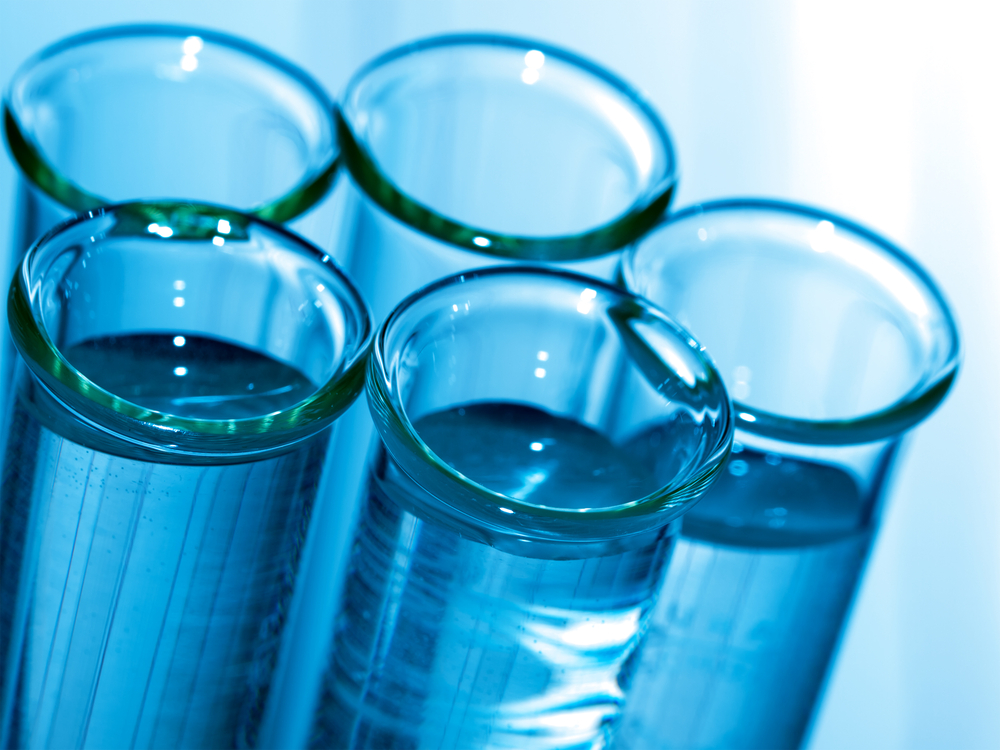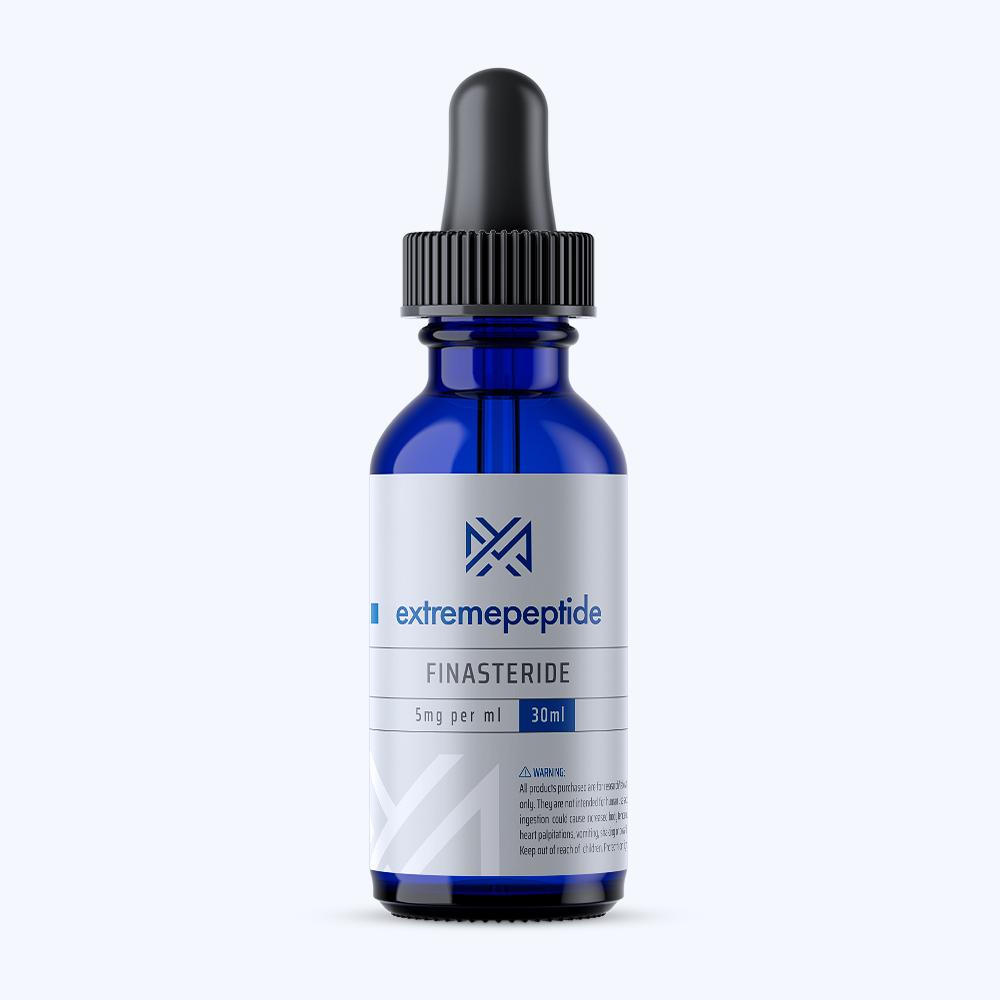The peptide Lipopeptide is a peptide that is considered to be antimicrobial in nature. What this means is, it is part of the innate immune response that is located within all animal test subjects. It contains a molecular weight of 736.98, and it has a sequence of Pal-Gly-GIn-Pro-Arg-OH. Its molecular formula is C38H68N6O8. It is occasionally known by the name Biopeptide EL, and is also been shown to be insoluble in water.
The Operational Mechanics of Lipopeptide
According to scientific study based on animal test subjects, the basic construction of Lipopeptide is that it is a molecule that consists of a lipid linked to a peptide. This form of binding is brought about due to binding by Toll-like receptors such as TLR 1. These receptors, which are classified as being single, membrane spanning, catalytic receptors, are usually produced by the sentinel cells like macrophages or dendritic cells. What’s more, they are known to for their ability to activate certain immune cellular responses. In the case with Lipopeptide, this particular response happens once the structurally conserved molecules that are culled from microbes pass through the skin.
This process, according to scientific study based on animal test subjects, has allowed lipopeptide to be instrumental in the creation of collagen. This is the main structural protein that is culled from a host of connective tissues within an animal test subject’s body.
Some of these tissues include:
- The skin
- Ligaments
- Tendons
- Blood vessels
- Corneas
- Bones
- Dentin in teeth
It has also been determined that Lipopeptide plays a key role in the production of hyaluronic acid. This substance, which is sometimes known as hyaluronan, is the anionic, non-sulfated glycosaminoglycan that is widely distributed throughout epithelial, neural, and connective tissues. It is considered to be negatively charged, and it also is considered to be a long, unbranched polysaccharide.
Furthermore, the peptide has also been shown to play a vital role in the creation of elastin. This is a protein that is located in the connective tissue of an animal test subject. Its primary role is to influence the tissues in the body to retain its normal shape in the aftermath of an episode of contraction or stretching. In the case of skin, elastin enables it to resume its proper shape and positioning after it has been moved around or manipulated, such as if it has been poked or pinched.
Over a period of time, these secretions that ultimately allow an animal test subject to retain a certain level of homeostasis when it comes to skin diminish. When this diminishment occurs, the skin reacts by forming lines and wrinkles. However, because of lipopeptide’s ability to stimulate the production of these secretions, its presence could ultimately cause the skin to achieve a more efficient means of homeostasis for a substantially longer period of time.
Hypothesized Benefits of Lipopeptide
Because of the relationship that Lipopeptide has with an increase in the secretion of hyaulronic acid, elastin, and collagen, scientific study based on animal test subjects has been able to determine that the presence of the peptide could hypothetically be used as an aid to combat the scourge of aging. Specifically, these studies point to the peptide’s ability to interact with cellular membranes, which in turn allows them to produce the substances that are linked to the skin’s elasticity on a more efficient basis.
Furthermore, some scientific study based on animal test subjects has been conducted regarding Lipopeptide’s use as a potential antibiotic. These studies have been conducted under the premise that the peptide is considered to be an antimicrobial peptide. According to these studies, it is thought that the presence of the peptide could be used to subdue or even kill bacterial growth within the body of an animal test subject. Furthermore, it has been determined that the peptide’s potential as an antibiotic could translate into having an ability to prevent infection in specific situations.
Click here to read Lipopeptide Part 2
Click here to view / download PDF



